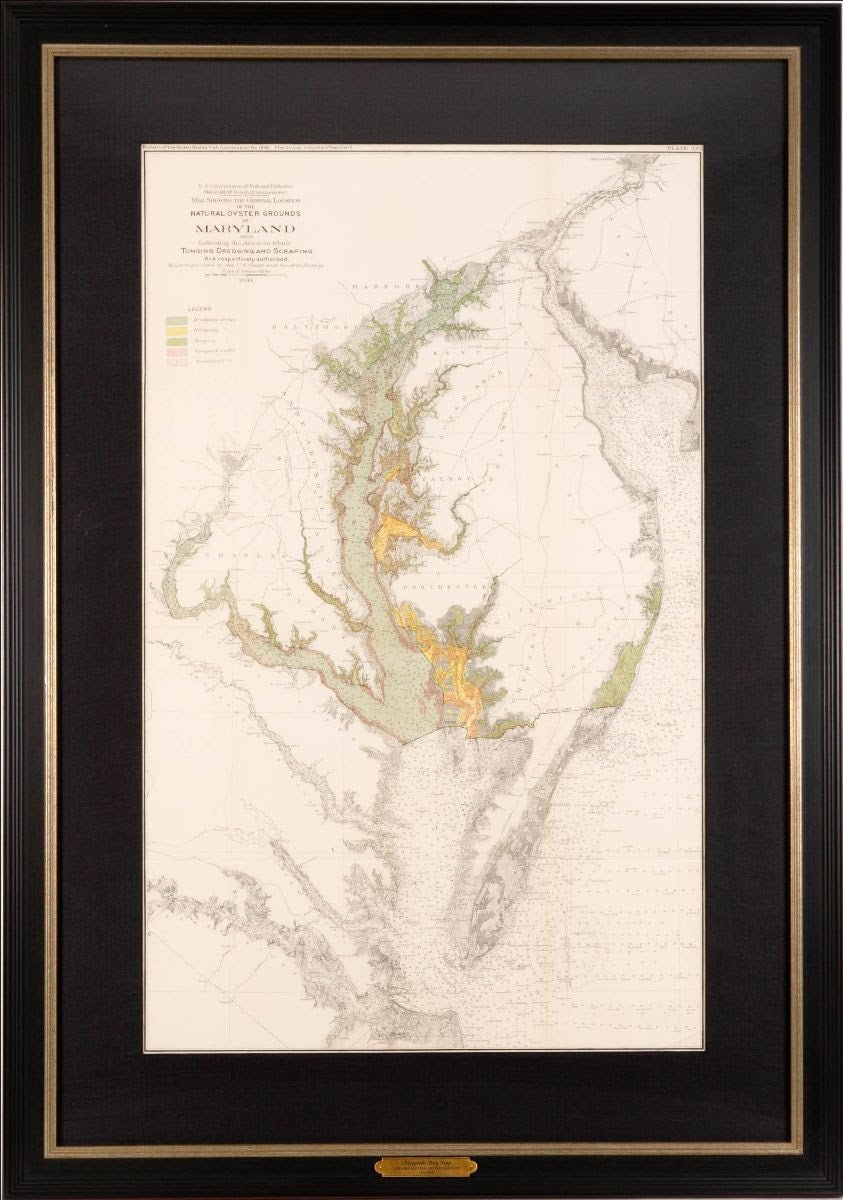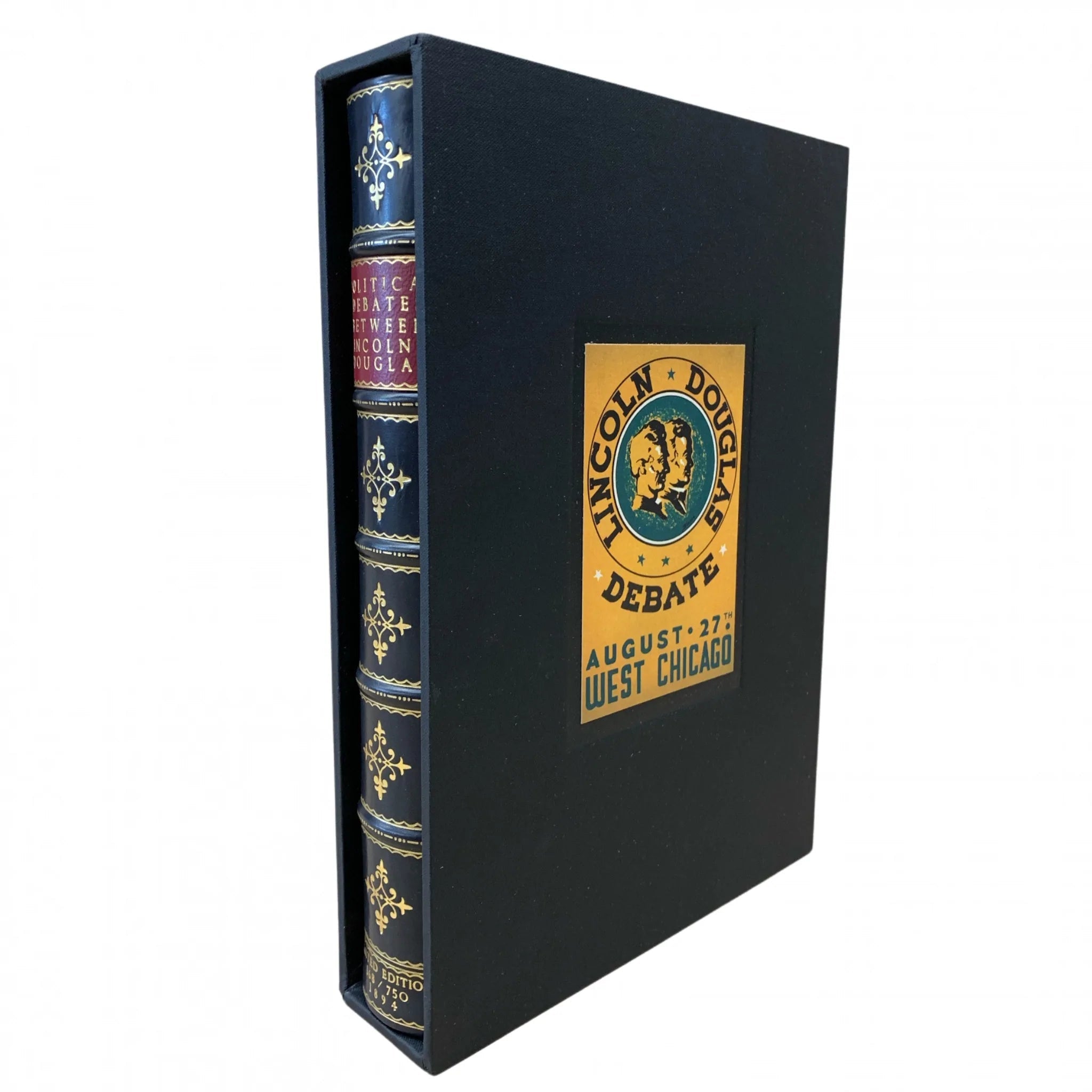The Federalist
New to our Colorado shop is a rare second edition, two volume printing of one of the most important works of American political thought ever written, The Federalist. This second edition, published in 1802, is particularly collectible, as it is the first edition to identify Alexander Hamilton, John Jay, and James Madison as the principal authors, as well as the first edition to include text of the Constitution, which is missing from the first printing. It was also the last printing issued during Hamilton’s lifetime.
The Federalist comprises the collected printing of the eighty-five seminal essays written in defense of the newly-drafted Constitution. Spurred on by antifederalist critiques, Constitutional Convention delegate and New York lawyer and statesman Alexander Hamilton decided to write a series of essays in defense of ratification. To assist him, he recruited John Jay, another New Yorker and Secretary of Federal affairs under the Articles of Confederation. They later enlisted the help of James Madison, who was living in New York at the time serving in the Confederation Congress. To remain anonymous, Hamilton chose the pen name “Publius” after Publius Valerious Poplicola, one of four Roman aristocrats who led the overthrow of the Roman monarchy and established the new republic in 509 BC.
The first article was published in the New York-based Independent Journal. Later essays were published at various intervals in the Independent Journal, the New-York Packet, the New York Daily Advertiser, and the New-York Journal, followed by scattered publications “in only a dozen papers outside of New York” (Chernow, 261).
The success and high demand for the newspaper essays warranted their publication in a more permanent form. Intentions to publish a bound edition with revisions and corrections by Hamilton, to satisfy “politicians and persons of every description,”was first announced by New York printers J. & A. McLean on January 1, 1788. Volume I was published in March 1788 and contained the first 36 numbered essays. Volume II, published in May of 1788, included the remaining essays, including the final eight which had not yet appeared in the newspapers.
In 1802, the second American edition was published by George Hopkins. This was the first American edition published to name the authors. Hopkins wanted for "the name of the writer [to] be prefixed to each number," but Hamilton insisted against it, and the division of the essays among the three authors remained a secret until later editions.
This 1802 printing is presented in period tree calf front boards, which have been professionally rebacked, with beautiful new leather spines featuring gilt tooling, gilt titles, and raised bands. Inside, collectors will find the original, dated ownership signature of “John Hallowell 1 Feb. 1809” on the title-page of each volume, as well as a review from the N.Y. Daily Advertiser mounted to the front paste-down of the first volume. This truly is a desirable book for an early American historical collection of books or documents, and we are excited to offer it to our collectors.









